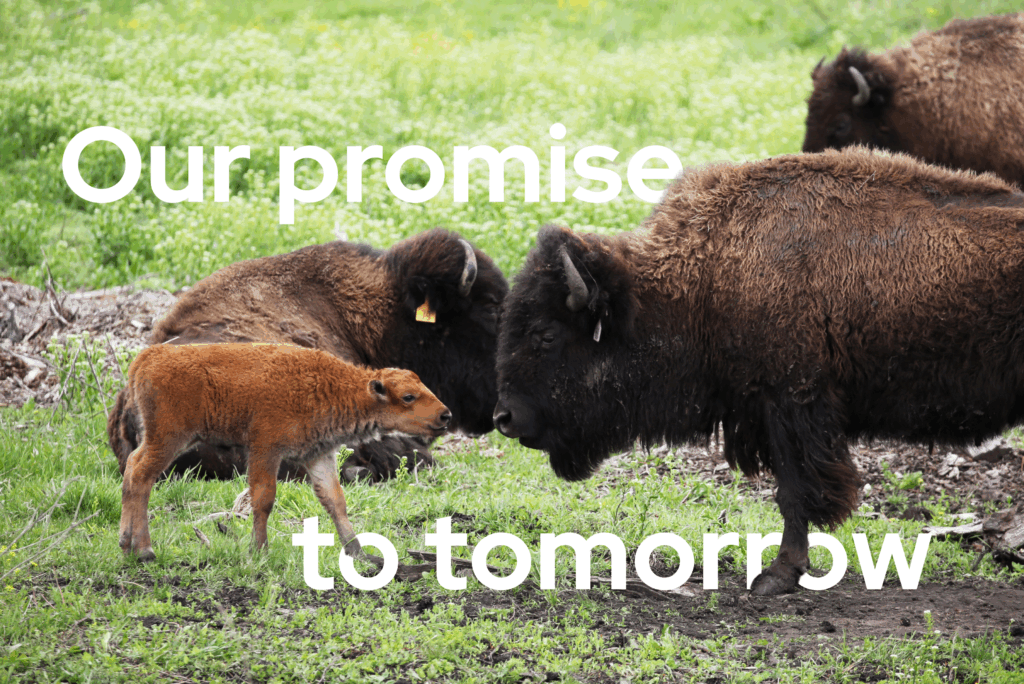Home / Openlands Programs / ComEd Green Region Grant / 2025 Special Focus: Climate Resiliency & Pollinator Conservation
Share
Home / Openlands Programs / ComEd Green Region Grant / 2025 Special Focus: Climate Resiliency & Pollinator Conservation
Share
The 2025 application portal has closed. Stay tuned for future updates about grant recipients and the 2026 application portal.
Creating Nature-based Solutions to Climate Change
While eligible applications for projects that meet the regular Program Guidelines will be accepted, special consideration will be given to project applications that meet the 2025 special focus. Special focus projects demonstrate climate resiliency, specifically nature-based solutions that help the region prepare for, recover from, and adapt to climate change and support pollinator conservation.
ComEd and Openlands are committed to a greener future by focusing on climate resiliency.
Recent international research and reports on climate change tell us that we are at a tipping point, and action must be taken to ensure a sustainable future. Examples of nature-based resiliency projects include but are not limited to, projects that:
- Increase biodiversity and create habitat for wetlands and grasslands systems of concern. Examples: restore wetlands, savanna ecosystems, or prairies; plant pollinator gardens; install bug hotels; install proper landscape structure (over story canopy, shrub layer, and native plants).
- Protect water quality and manage water where it falls. Examples: build rain gardens, bioswales, or underground cisterns and french drains; plant climate-resistant trees; replace non-porous surfaces with permeable surfaces.
- Build healthy soil. Examples: plant deep-rooted, climate-resilient prairie species to sequester carbon; promote mycorrhizal and macroinvertebrate development within the soil for proper structure and composition.
- Your project: you tell us how you can support climate resiliency through conservation, restoration, and improved land management actions with a nature-based solution in your community’s public, open space.
ComEd and Openlands recognize the importance of conserving pollinators, supporting their habitat, and protecting pollinator-dependent plants and food crops.
Three-fourths of the world’s flowering plants and about 35 percent of global food crops depend on animal pollinators – such as bees, butterflies, moths, birds, bats, beetles, and other insects – to thrive. In fact, some scientists estimate that one out of every three bites of food that we eat exists because of pollinators. Threats posed by habitat loss, disease, parasites, climate change, and environmental contaminants have all contributed to the global decline of many pollinator species.
For the ComEd Green Region Grant, a pollinator conservation project shows a demonstrable benefit to the pollinator population. Examples of demonstrable benefits for local pollinator populations include but are not limited to, projects that:
- Establish or enhance pollinator habitat. Make the most impact by following the National Fish and Wildlife Foundation (NFWF) pollinator guidance:
- Have at least three nectar plants that bloom during the following periods when monarchs are present. Spring (March 20 to June 1), Summer (June 2 – August 15), and Fall (August 16 – October 30) to meet the nutrition needs of breeding and migrating.
- Plant ample milkweed, including at least one regionally native species.
- Ensure plantings that protect and enhance overwintering habitats.
- Create educational signage highlighting natural features or educating the public about habitats.
- A good starting point is to check the Xerces Society list of Native Plants for Pollinators And Beneficial Insects: Midwest Region.


